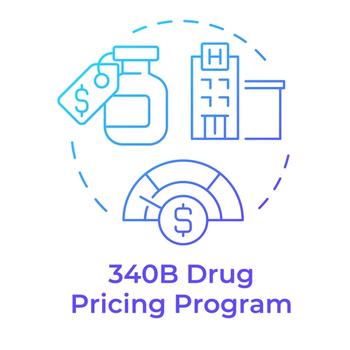
Study: Utilization Management Efforts Add Billions to Health Care Costs
All stakeholders together incur about $93.3 billion in costs for implementing, contesting, and navigating drug utilization management.
With a rise in prescription drug prices, payers have increased their use of utilization management efforts. But these efforts have led to billions of dollars in costs, according to a recent
In total, all stakeholders, including payers, manufacturers, physicians, and patients together incur about $93.3 billion in costs annually on implementing, contesting, and navigating utilization management, the authors said.
“The costs incurred annually for drug utilization management is one of the most counterproductive uses of resources in the U.S. health care system and should be targeted by all stakeholders,” the authors wrote. “A broader exchange of value-based price for value-based access would permit a reduction in spending on the creation and countering of utilization management.”
Value-based price for value-based access would permit a reduction in spending on the creation and countering of utilization management, wrote the trio fo authors, Scott Howell and Perry T. Yin of Novartis and James C. Robinson, a professor at the University of California, Berkeley, School of Public Health.
The investigators conducted a database search in Ovid, a resource for journal articles, for peer-reviewed articles published between 2009 and 2020 for articles related to costs, prevalence, and trends associated with utilization management, as well as the impact on physicians and patients. They also did a search outside of Ovid for other related data.
Based on these sources, the authors estimate that payers spend about $6 billion annually administering drug utilization management programs. But they said this is a conservative figure because they did not include spending by payers on prior authorization requests that were accepted on the first pass or step edits and quantity limits, because of a lack of relevant studies.
Drug manufacturers, the authors estimated, spend about $24.8 billion supporting patient access in response to payers’ utilization management efforts. This includes administrative support programs, direct financial support, and drug donations but does not include loss to manufacturers from reduced sales on prescriptions that were rejected by payers.
Newsletter
Get the latest industry news, event updates, and more from Managed healthcare Executive.

















































